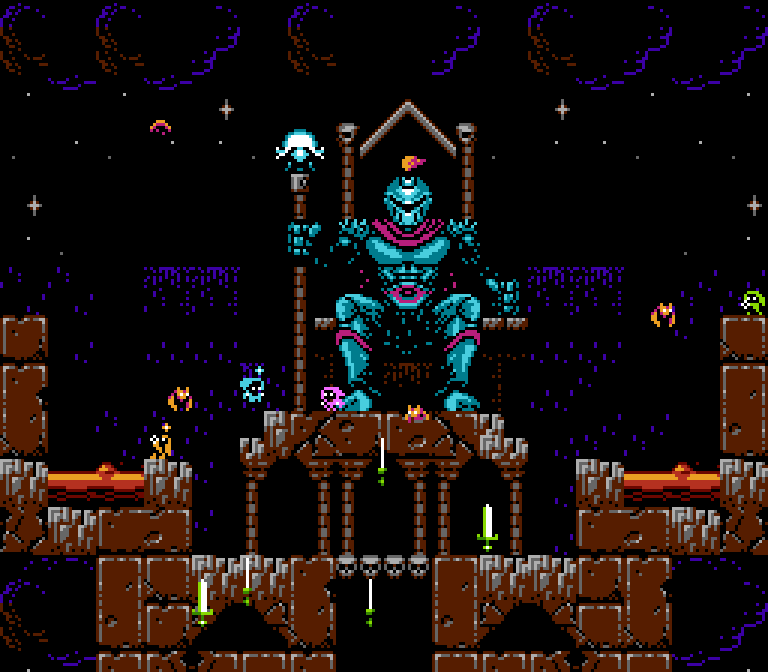Retro gaming has always had a nostalgic grip on digital entertainment, but its influence today extends far beyond dusty cartridges and pixelated graphics. From design aesthetics to monetization strategies, the principles of vintage gaming are now woven into modern online gaming experiences. Whether you’re revisiting your favorite 8-bit platformer or exploring an interactive betting platform, you’ll notice traces of the past defining the present. Here’s how retro gaming continues to shape the current online gaming ecosystem.
1. Simplified Game Mechanics Remain King
Old-school games thrived on simplicity. Titles like Tetris or Space Invaders relied on tight mechanics and minimal tutorials. That ethos carries over today into hyper-casual games and even some real-money gaming experiences, where intuitive play is key to engagement. Players want to jump in quickly without reading manuals.
2. Visual Nostalgia in UI Design
You’ve probably seen modern platforms embrace neon, pixel fonts, and arcade-style layouts. The aesthetic isn’t just a design choice, it taps into a sense of familiarity and comfort. Even sophisticated gaming hubs integrate retro-inspired visuals for engagement and retention.
3. High Stakes, Low Complexity Rewards
In the arcade days, players would drop quarters for the shot at beating a friend’s high score. The same mechanic appears today in online competitions, speedrun leaderboards, and even in real-money casino platforms. On wildcasino.us, for example, players experience that same adrenaline of high-stakes, fast-reward gameplay, only with more sophisticated graphics and actual payout systems.
4. Sound Design Still Follows 80s Logic
Think of the soundtracks from Mega Man, Sonic, or Pac-Man. The loops were catchy, non-intrusive, and easy to remember. Today’s mobile and browser games borrow that same loop structure to reinforce engagement without creating fatigue. Jingles and short progress cues are still very much a design staple.
5. Unlockables and Easter Eggs Are Still Powerful Motivators
Retro games taught us to explore, to hit random buttons, and discover cheat codes or secret levels. That spirit lives on in modern game development. From bonus levels in battle royales to secret rewards on casino platforms, the thrill of unlocking something hidden is as motivating as ever.
6. Leaderboards Remain a Core Feature
Competitive spirit never goes out of style. Leaderboards dominated arcade cabinets and still drive player behavior across platforms. Whether it’s a Fortnite tournament or a slot leaderboard challenge, the pursuit of recognition remains central to the gaming experience.
7. Game Preservation Has Sparked an Indie Renaissance
As retro ROMs and emulators gained popularity, they sparked a wave of indie developers creating games in the same spirit. This rebirth led to hybrid genres that combine 80s aesthetics with new-age gameplay loops. It also influenced how modern online platforms structure rewards, player progression, and community events.
8. Offline-to-Online Transitions Are Fueled by Nostalgia
Many players now seek out digital versions of games they played physically. Think Monopoly, blackjack, or video poker. The leap from tabletop or cabinet to screen is smoother when wrapped in nostalgia. The same applies to skill-based online games modeled on physical counterparts, now gamified for a global, digital-first audience.
9. Gamification Is Retro-Inspired at Its Core
What we now call “gamification” points, badges, and streaks, already existed in games like Donkey Kong and Contra. Today, the same systems power not just games but fitness apps, loyalty programs, and educational tools. They serve the same purpose: to motivate users through progression and challenge.

10. Retro Gaming Communities Laid the Foundation for Today’s Forums and Discord Servers
Long before Reddit or Discord, gamers shared cheat codes and strategies in print magazines or early message boards. That culture of shared tips and peer-to-peer discovery still defines modern gaming communities. It reinforces the notion that gaming is social, even when it’s solo.
Conclusion:
Retro gaming has left a permanent imprint on the digital world. Its fingerprints are everywhere, in the way we play, the interfaces we navigate, and the platforms we choose to engage with. From audio loops to leaderboard grinds, the lessons from early console and arcade design live on in the online experiences of today. For enthusiasts old and new, recognizing these patterns is more than just a nostalgia trip. It’s a roadmap for where the industry is headed next.






 Your total news and information resource for all things Science, Technology, Engineering / Mathematics, Art, and Medicine / Health.
Your total news and information resource for all things Science, Technology, Engineering / Mathematics, Art, and Medicine / Health.
Leave a Comment